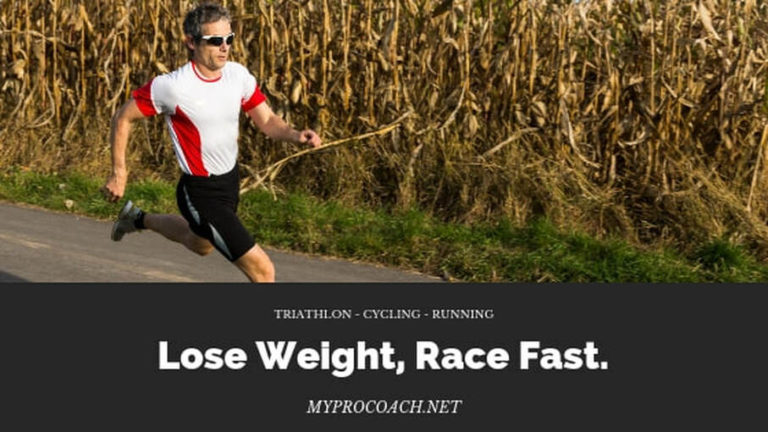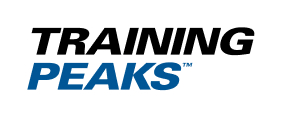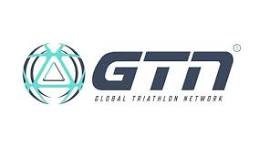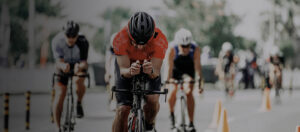Tips to help you lose weight safely, eat healthily and race faster – for cyclists, runners and triathletes.
Olympic triathlon champion Gwen Jorgensen, sub-60 kg and nearly 6 feet tall, loves chocolate “I have chocolate after nearly every meal.” She told us, when we were given exclusive access to her and her then Wollongong teammates in the build-up to the Rio Olympics.
The American’s love of all things cocoa didn’t stop her winning the 2016 Olympics, of course, and then striding onto further success in running. Of course, a sweet treat’s soon burnt off when training over 30 hours per week but it highlights that while we all seek leanness and speed, we don’t need to live like monks.
We do, however, need to live by some guidelines when seeking optimum weight for peak performance. We say guidelines rather than rules because the word “rules” is off-putting, especially when endurance sports like triathlon, running or cycling are your hobby – not your profession.
With those guidelines in mind, the ‘ideal’ body fat percentage for peak performance is as follows: Men: 20-29, 5-10%; 30-39, 5-12%; 40-49, 6-15%; 50-plus 8-17%. Women: 20-29, 10-16%; 30-39, 11-17%; 40-49, 13-20%; 50-plus 14-22%.
How do you reach this nirvana? Simply put, expend more calories than you consume. A daily 200-250-calorie deficit is a healthy figure to lose – and keep off – weight until you reach your goal. And it’s worth persisting. Consider riding up a mountain, where power-to-weight ratio is so important: A 1 kg or 2 lb loss in weight equal to a 1% increase in climbing speed. Here are some more specific ideas that’ll guarantee faster, leaner you…
Play Around With Nutrients
Periodised nutrition is where your diet and macro-nutrients match the volume and intensity of your training. Acclaimed nutritionist James Morton, of Team Sky, employs a traffic-light system where green equals high carbs (1-1.5g carbs/kg bodyweight per day), amber is moderate carbs (0.5-1g/kg) and red is low carbs (less than 0.5g/kg).
So if it’s, say, a 2-hour ride including numerous climbs, you’ll go green before, during and after the session. If it’s an ‘easy’ 30-minute lunchtime swim, you’d go red, and so cutting calories and potentially weight (if needed). Becoming less reliant on carbohydrates retrains your body to utilise more fat calories for fuel, too. Like Sky, this is more easily recorded and actioned via online software outfit Today’s Plan, which matches this traffic-light system to your diary and session.
This is the ideal, but is it realistic for the average amateur? Over to you for that one. Broadly speaking, ensure your diet features recommended daily amounts of the following nutrient-rich and satiating foods: vegetables, fruit, nuts, seeds, lean meat or fish, wholegrains, pulses as well as dairy. Avoid calorie-rich and nutrient-light foods such as chips, pies, cakes and cookies. These foods contain high amounts of sodium, fats and sugar, which can be harmful to your health.
How much of each? ‘It’s more practical to divide by plate size,’ sports nutritionist Dr Kevin Currell tells us. ‘You have protein (like chicken and tuna), fruit and veg, and carbs (rice, pasta…). Split a plate into around third plus a few good fats (from avocado, sardines…).’
Another way to look at is the 80-20 rule, namely 80% of what you eat should be healthy with 20% left to your own discretion. That’s enough to refrain from living a sterile existence but not so much that you balloon!
Importance Of Timing
We’ve all heard that breakfast is the most important meal of the day. And it’s backed up by science as research suggests those who regularly consume a healthy breakfast are leaner than those who eat nothing. Unless you’re undertaking a glycogen-depleted session (see below), it’s important to consume carbs. Your brain consumes a huge amount of glycogen (the body’s glucose stores) during sleep, which is fed to it by the liver. This needs replacing to not only fuel muscles but also the mind, which is particularly important for a technique-heavy discipline like swimming or a potentially dangerous activity like cycling. Oatmeal porridge, malt loaf and brown toast are three slow-releasing carb examples. Throw in protein, too, so your body’s prepared to repair tired muscles. Eggs are a triathlete’s best friend!
Cut The Carbs
While carbs remain king for many sessions, you can also play around with fasted sessions. The idea is that by ‘starving’ the body of carbs, it adapts to burning more fat for fuel. There are many ways to deplete the body of glycogen stores before heading out for a session but the simplest model of ‘training low’ is simply training before breakfast. You can easily tick this off by extending your morning commute to a couple of hours.
Just note that there are potential pitfalls to long-term low-carb training that include impaired immune function, reduced ability to train at a high intensity and increased muscle protein breakdown. In short, this type of session must be managed carefully. Long Sunday rides, with breakfast, also assist this fat-burning aim (lower than 70-75% maximum heart rate) and increase aerobic capacity.












